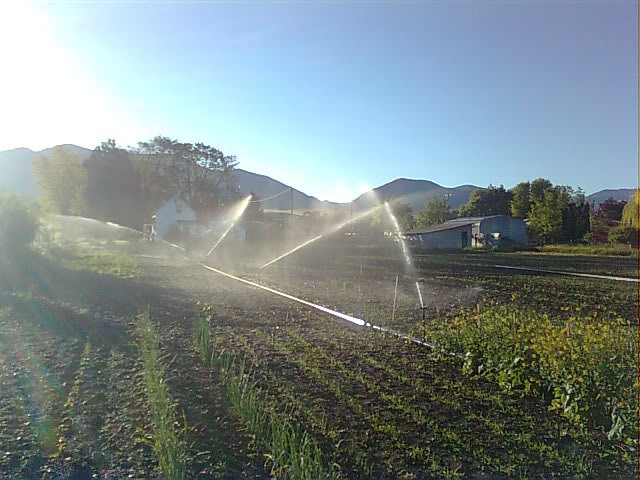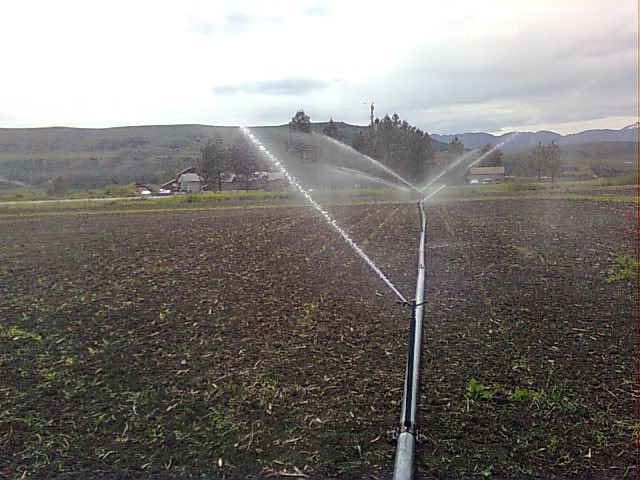
 11
11






Cultivate abundance for people, plants and wildlife - Growing with Nature



 2
2




Forever creating a permaculture paradise!
Thank you for the comment on the blog post--you were the first so pie for you!

 1
1




I choose...to be the best me I can be, to be the strongest me I can be, to learn the most I can. I don't know what comes next. But I'm gonna go into it balls to the walls, flames in my hair, and full speed ahead.




Tomorrow's another day...
 1
1




 1
1




So many plants, so little time
 2
2




Emilie McVey wrote:Regarding mulch, does anyone know of free options?
The "mulch" at our township public works center is chopped up branches and sticks. They still look like branches and sticks, although now in 2-4" lengths and up to about 1" diameter. I've used it, once. Not really what I'm looking for in my veggie, or flower, garden.
I don't have much access to newspaper anymore, and I was never comfortable with the dyes anyway. My fall leaves have all decomposed or blown away.
Suggestions?
 1
1




Forever creating a permaculture paradise!
 2
2




. . . bathes in wood chips . . .
 2
2




Cultivate abundance for people, plants and wildlife - Growing with Nature







. . . bathes in wood chips . . .




Forever creating a permaculture paradise!












I choose...to be the best me I can be, to be the strongest me I can be, to learn the most I can. I don't know what comes next. But I'm gonna go into it balls to the walls, flames in my hair, and full speed ahead.




Emilie McVey
Wrote:
Regarding mulch, does anyone know of free options?
 2
2




Emilie McVey wrote:Regarding mulch, does anyone know of free options?


Check out the Food Forest Card Game: https://permies.com/wiki/141665/Food-Forest-card-game-English
 1
1




Betty G.




. . . bathes in wood chips . . .
 1
1




Anne Pratt wrote:Karl, Unhelpfully, I can't remember where I read this, but there was research that showed the wood chips only took Nitrogen from the very top of the soil.
I can't seem to keep my wood chips and soil completely separated, so I use the urinary route! My plants have seemed quite well-fed, despite this. Also adding chicken bedding in the fall, so there's that.

Check out the Food Forest Card Game: https://permies.com/wiki/141665/Food-Forest-card-game-English
 1
1




. . . bathes in wood chips . . .
 4
4




This is all just my opinion based on a flawed memory

 3
3




Best luck: satisfaction
Greatest curse, greed
 1
1








Freedom!




Enchanted Acres Farm
 2
2




Best luck: satisfaction
Greatest curse, greed

 2
2




Barry Johnstone-Robertson wrote:Thanks for this great info... I've been wondering if our Blueberries were getting too much or too little... apparantly too little, we'll fix that now!! On a larger scale, we're scratching our heads as to placement of Orbit Brass Head Impact sprinklers on height adjustable tripods of 25'5 to 48 inches in our 190' x 95' rectangular garden... they cover a 90' diameter... can you recommend a layout plan as to where we can place them to maximise benefit please? We're new to small time farming, and this would help us tremendously. Thank you.
How Permies works: https://permies.com/wiki/34193/permies-works-links-threads
My projects on Skye: The tree field, Growing and landracing, perennial polycultures, "Don't dream it - be it! "

 3
3




Barry Johnstone-Robertson wrote:we're scratching our heads as to placement of Orbit Brass Head Impact sprinklers on height adjustable tripods of 25'5 to 48 inches in our 190' x 95' rectangular garden... they cover a 90' diameter...


 2
2





| I agree. Here's the link: http://stoves2.com |









